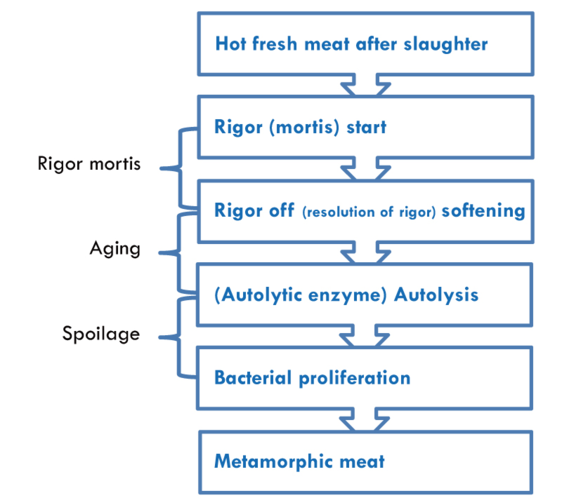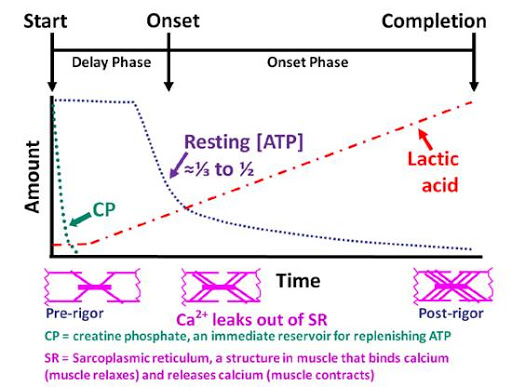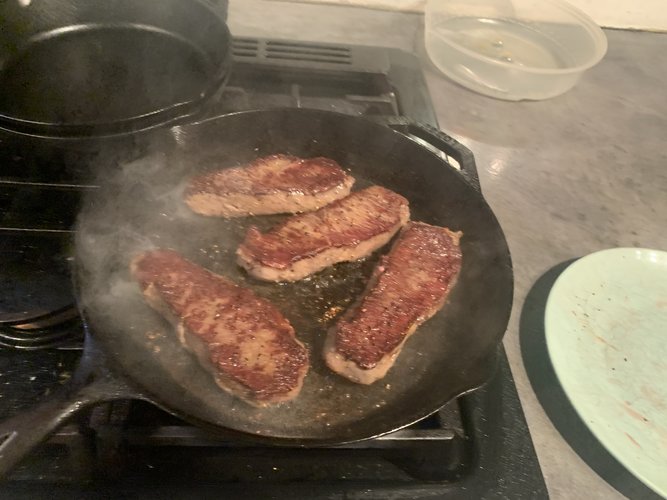TwistedSage
Well-known member
Just evidence from my 2018 muley but all my steaks and roast became more tender as time went on in the freezer. I do think the freezing and breaking of the protein cell walls has to do with it. Either that or I just got better at cooking them each time.we ate a piece of backstrap last Thursday at camp from a bull I killed Tuesday. (The animal was completely deboned and bagged within three hours time from kill) it was extremely tough and chewy which I didn’t expect. Hoping that a weeks time will change that but not optimistic. Will try more tomm evening. Anyone have any idea why?







